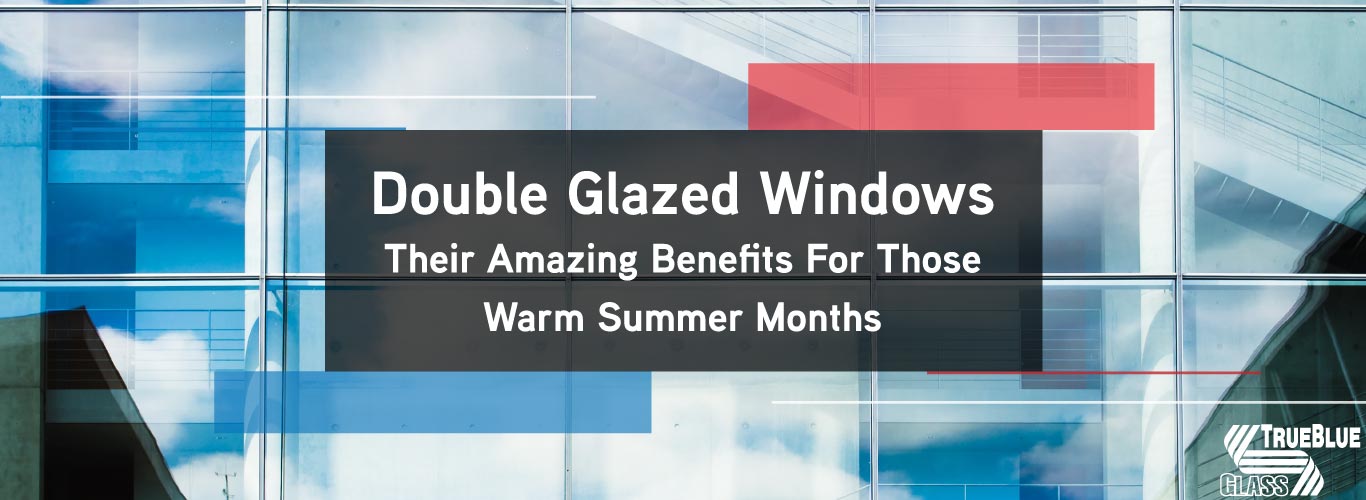All Categories
Featured
Table of Contents
Solace Creations: Home in Kiara Perth
That window can transmit more solar heat in winter season than in summertime. A west-facing window on a summer's afternoon has an angle of occurrence from near 0 up to 30 with a big reliable area of solar radiation. A north-facing window, in summer season, has a high angle of incidence and a low efficient area of solar radiation, so can transmit less heat than a west-facing one.

You can quickly and easily enhance the thermal efficiency of your house by replacing your windows. This is one of the most effective techniques of renovation to accomplish improved thermal comfort. There are thousands of types of glass and frames to pick from. Choosing the best ones is very important to enhancing the energy efficiency of your home.
Double-glazing Versus Low-e Glass in East Victoria Park WA
There are many different kinds of glass items to pick from. Single glazing utilizes a single pane of glass. Single glazing with clear glass is not extremely efficient when it comes to heat loss or gain. To enhance performance, you can use single glazing with a more energy-efficient type of glass such as low emissivity (low-e) glass.
The energy performance of IGUs likewise depends on: the residential or commercial properties of each layer of glass. Various glass types (for example, clear and low-e glass) can be put together in an IGU.
What Are The Benefits Of Double Glazed Windows? in Eden Hill Perth

IGU cavities can be filled with air or a more inert, low-conductivity gas such as argon the width of the cavity. Broader cavities provide lower (better) U values, with 12mm usually accepted as the preferred gap how well the cavity is sealed.
If argon is set up to the cavity in place of air, wetness is reliably omitted the level of desiccant (drying agent). The spacer (metal or polymer strip) that separates the glass layers consists of a desiccant to soak up any moisture. Insufficient desiccant might cause moisture to condense on the glass surface area in cold conditions, lowering thermal performance.
Upvc Double Glazed Windows Australia in Sinagra Western Australia
In fact, IGUs can provide much better energy performance for all environments, specifically in heated and air-conditioned homes. Cross-section detail of single, double and triple-glazing systems Low emissivity glass (typically called low-e glass) reduces heat transfer. Low-e glass may be either high or low transmission: High transmission low-e glass has a finish that enables daytime from the sun to enter your house to achieve good solar heat gain, however lowers the quantity of the long wavelength infrared heat that can escape back through the window.
Low-e glass has either a pyrolytic finish or a vacuum-deposited thin movie metal finish. Pyrolytic coverings are long lasting and can be used for any glazing; vacuum-deposited coatings are soft and are only utilized within IGUs. Low-e coatings can considerably improve both U worth and SHGC; however, they must be used properly or they will either weaken or stop working to carry out as required.
Does Double Glazing Reduce The Heat In Brisbane's Summer? in Brookdale WA
Low-e finishes can be used in combination with clear, toned or reflective glass. Low-e coatings on glazing can decrease heat transfer where needed Image: Department of Market, Science, Energy and Resources Toned glass has colouring ingredients included throughout manufacture. It is available in various colours, usually bronze, grey, blue and green.
Table of Contents
Latest Posts
Types Of Glazing For Your Windows, Explained in Wembley Downs WA
Single Vs Double Vs Triple - Which Window Is Right For Your ... in Eden Hill WA
Why Install Stunning Double Glazing Windows During Summer? in South Guildford WA
More
Latest Posts
Types Of Glazing For Your Windows, Explained in Wembley Downs WA
Single Vs Double Vs Triple - Which Window Is Right For Your ... in Eden Hill WA
Why Install Stunning Double Glazing Windows During Summer? in South Guildford WA